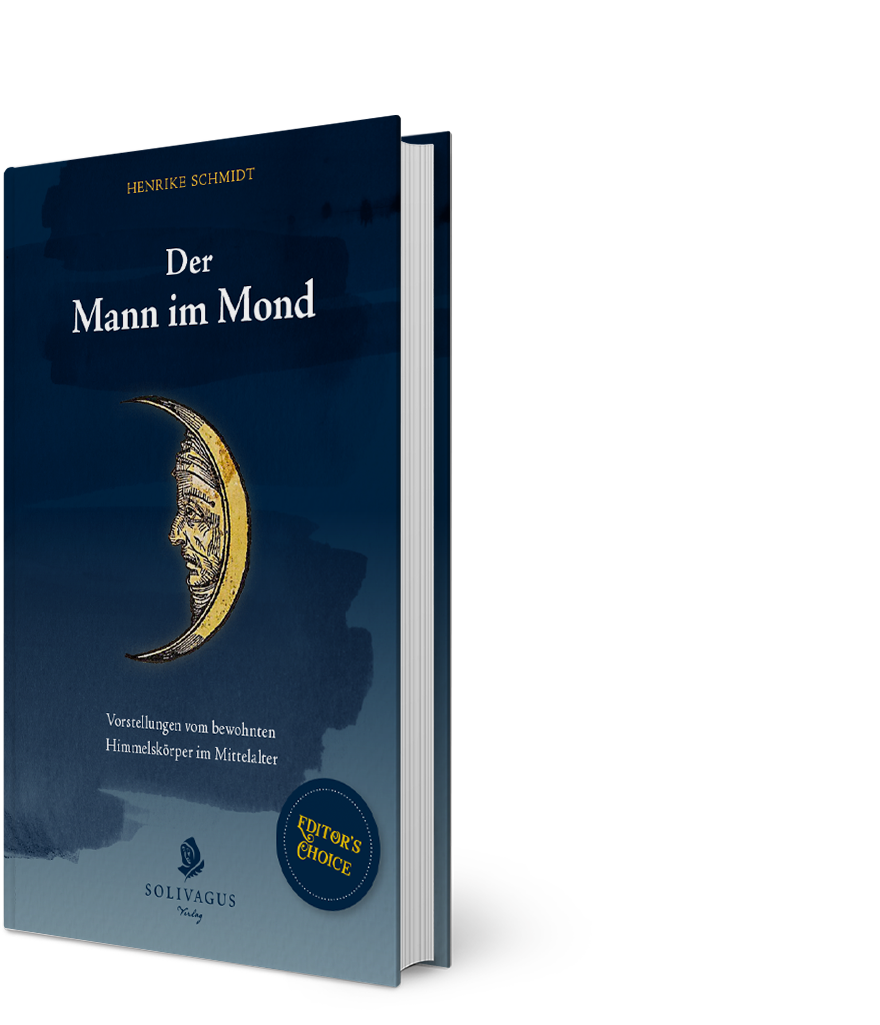The Man in the Moon.
The nocturnal celestial body has probably been a fixation point of secret fears and open reflections since time immemorial, which culminated in the idea of the “man in the moon”. But could people imagine the existence of other inhabited worlds even before the beginning of space travel, even before the invention of the telescope? How did such a possible idea relate to the Christian view of the world – or was it merely a “superstition” ridiculed by learned contemporaries? This and other questions will be investigated for the first time in context in the present work, in its search for the origin of the idea of the “man in the moon”.
Solivagus-Verlag
First Edition, 168 pages, illustrated by medieval paintings and graphics, Hardcover.
Available, will be shipped immediately.
Delivery within Germany is free of charge.
For deliveries within the EU we charge a flat rate for shipping.

